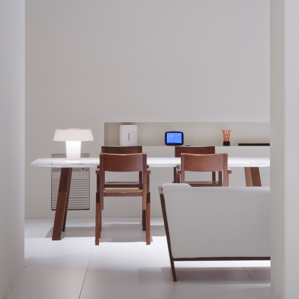
More images of Fukasawa's Ideal House
IMM Cologne have sent us many more images of Naoto Fukasawa's Ideal House installation, as well as the text of an interview with the Japanese designer about the project.
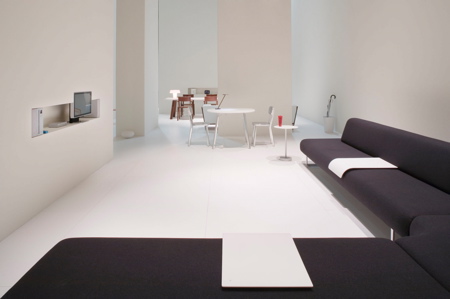
We'll update this post with information of the products on show when we get it.
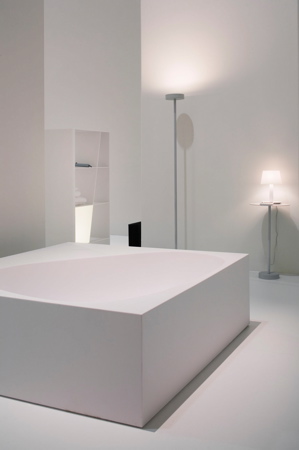
The interview below was conducted last year and is taken from IMM literature about the Ideal House project.
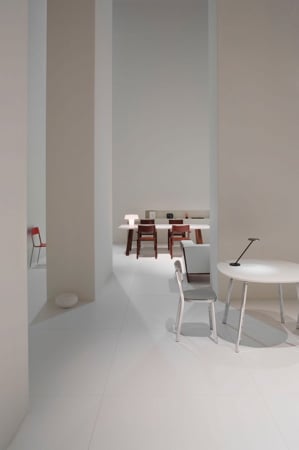
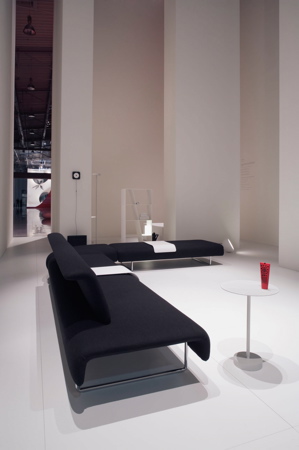
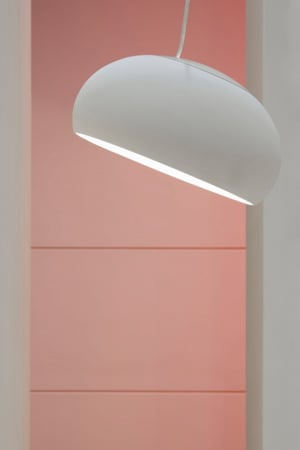
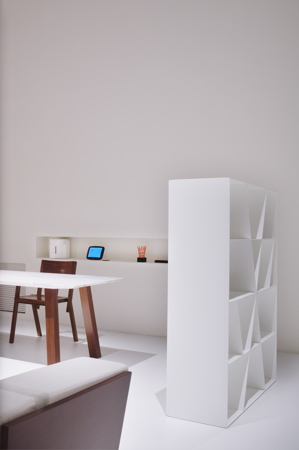
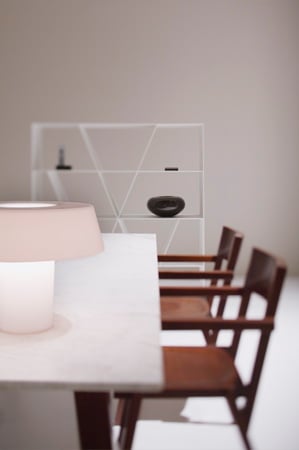
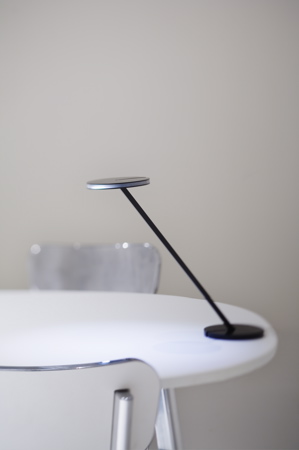
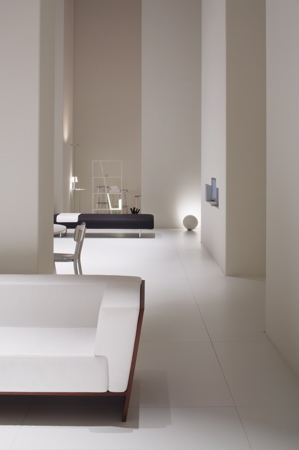
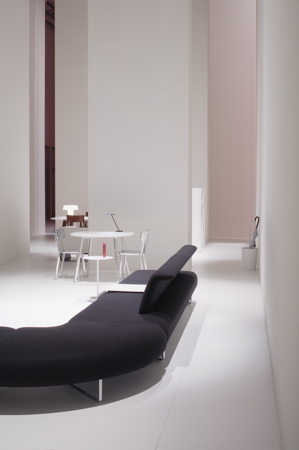
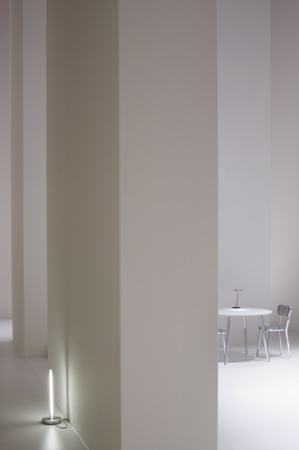
How are you going to interpret the idea of the ideal house?
Naoto Fukasawa: I personally think that the ideal house project is an event that provides people opportunity to interpret space with many different ideas for living. It is interesting to find out that this boxed space is not only a space to show interior design but it can be a box to show many ideas for living and contents, depending on how we perceive this space. It is also interesting for the public that such a boxed space provides opportunities to interact and experience with many different possibilities.
What’s your idea of future living like?
NF: Generally speaking, I think objects or things are shifting towards the surrounding walls for integration or otherwise into our body for integration. Maybe only things that are necessary to physically exist will stay and all others will be integrated as functional elements.
With the development of the technology, it is possible that architectural elements such as walls will have multi-functions. If so, things will exist as only for their name to distinguish their functionalities and they will be a part of high-tech structure.
For things that cannot be integrated into walls will either remain as they are or they will shift towards into our body in such senses as portability, integration and so on. Today we tend to interpret space with our visual sense as our guideline but I think we will define space with different senses in the future as there will be less visual elements that form space.
How do you think people will design their flats and houses in, say ten years?
NF: I think all the things that are considered as equipments at home today will be integrated into the functions of apartments and housing structures as said in the former answer.
This means that we could be carrying less and less personalized items at home. Otherwise there is another possible tendency for shifting towards complete infill housings. We will have nothing but architectural frames or structures and tenants will fill all the space with functions as we move.
If this becomes true, there will no longer be anything to distinguish the difference between all kind of space categories and we will be able to live wherever the space we like. If I give you an example, there will be nothing to distinguish differences between office space and home.
What’s more important to you, form or function?
NF: These two elements cannot be compared for their values but it depends on how you distinguish “form". If what you mean by “form" includes creation of emotional values, this emotional value itself can be a function of its own.
How are you going to design your ideal house?
NF: Perhaps expressing its height will be interesting? But if I say it daringly, as there are no such tall houses, I am very interested in realizing such space.
Do you think design topics are becoming more popular in furniture design?
NF: Not only in the furniture industry, but design plays a very important role in our everyday life in terms of the fact that design has always been a subject of curiosity for the public.
